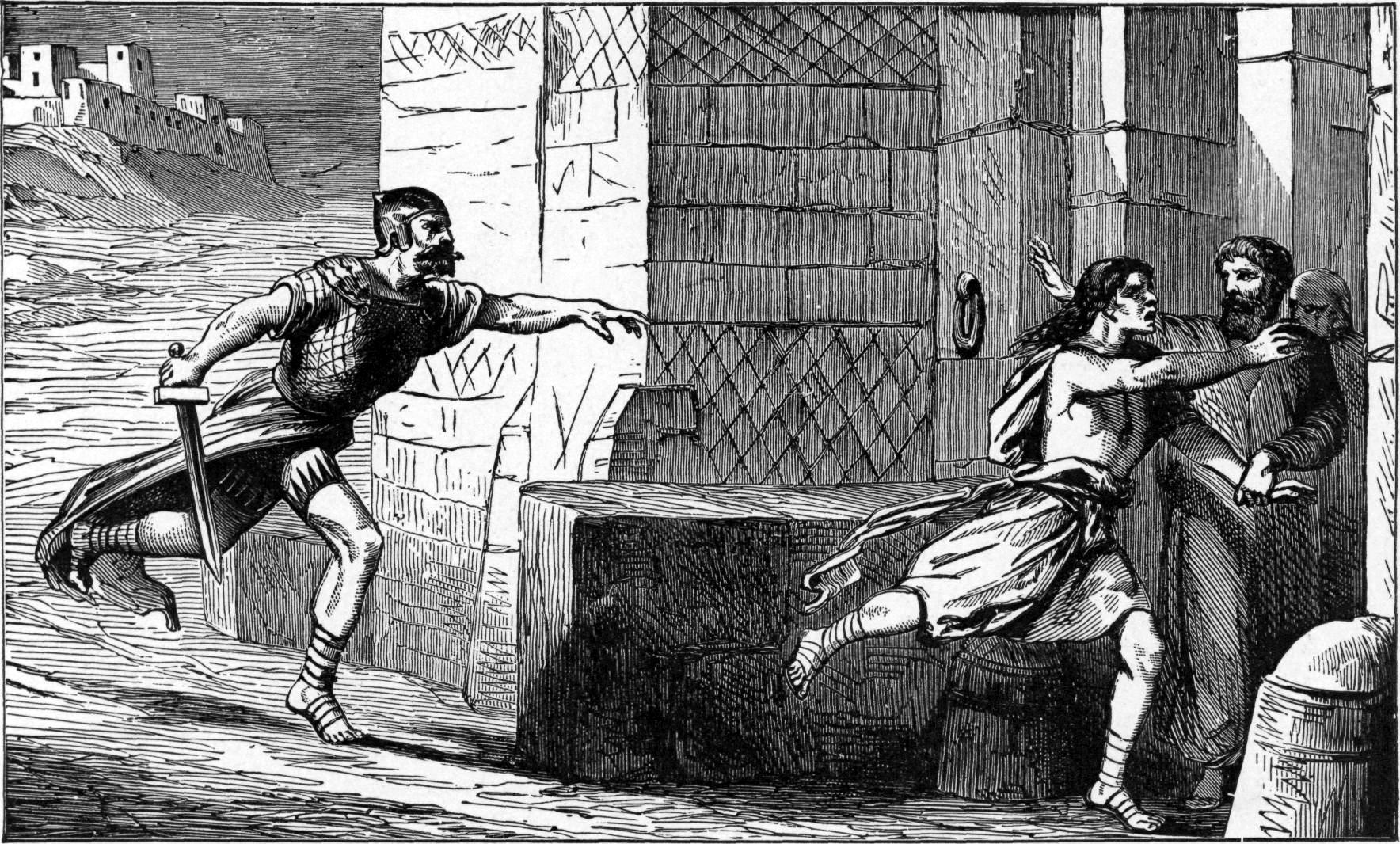City of Refuge may refer to: Cities of Refuge, the six biblical places referred to by that title; "City of Refuge", a song from Nick Cave and the Bad Seeds' album.
Table of contents
This program is focused on social development, one-on-one academic support, and conflict resolution. Feed My Lambs Our on-campus partner, Feed My Lambs, provides childcare and preschool for the children residing in Eden Village, as well as children from the local community. The mission of Feed My Lambs is to partner with local businesses, communities and area churches to open Christian schools in economically impoverished areas.
BibleGateway
Need a Quick Answer? How can I donate? What types of donations do you accept? What are the most common items City of Refuge needs? You are the light of the world.
- Cities of Refuge - Netherlands Institute of Human Rights (SIM) - Utrecht University.
- The Messenger?
- Joshua 20 NIV - Cities of Refuge - Then the LORD said - Bible Gateway.
Level Up The Level Up youth program is designed for students in grades 6 through…. You'll get this book and many others when you join Bible Gateway Plus. Starting your free trial of Bible Gateway Plus is easy.

The next step is to enter your payment information. You can cancel anytime during the trial period.
- Cities of Refuge.
- Troy: Lord Of The Silver Bow.
- 199 Ideas: Enhancing Learning Experiences.
- City of Refuge | WHERE GOOD WORKS;
- !
To manage your subscription, visit your Bible Gateway account settings. Upgrade to the best Bible Gateway experience! Try it free for 30 days!
Cities of Refuge - Wikipedia
Joshua 19 Joshua The Deuteronomic regulations are presented in a different manner from in the Priestly Code and, rather than describing the perpetrator being put on trial, merely state that if the perpetrator is guilty of murder, the elders of the town in which the crime was committed should demand the perpetrator's return and hand him over without pity to the avenger of blood to be killed. A chapter in the Book of Joshua also reiterates the regulations for the cities of refuge, adding that when a perpetrator arrives at the city, he had to disclose the events that had occurred to the city elders, after which they had to find him a place to live within the city.
In many ancient cultures, the inviolability of deities was considered to extend to their religious sanctuaries and all that resided within, whether criminals, debtors, escaped slaves, priests, ordinary people, or, in some cases, passing cattle; biblical scholars suspect that Israelite culture was originally no different. Biblical scholars perceive this simple right of asylum at sanctuaries as being presented by the Covenant Code , [24] which textual scholars attribute to the 8th century BC.
City of Refuge
Over time, these general rights of asylum were gradually curtailed, as some sanctuaries had become notorious hotbeds of crime; in Athens , for example, the regulations were changed so that slaves were only permitted to escape to the sanctuary of the temple of Theseus. The Deuteronomic Code is regarded by textual scholars as dating from the reign of Josiah , [25] which postdates the fall of the Kingdom of Israel to the Assyrians ; this is considered to be the reason that only three unnamed cities of refuge are mentioned in the Deuteronomic Code, [31] with a further three only being added if the Israelite territory was expanded, [32] as by the time of Josiah's reign, the cities east of the Jordan were no longer controlled by the Israelites.
The lack of importance given by the Deuteronomic Code to the identity of the cities of refuge is considered by scholars to be an attempt to continue the right of asylum, even though the sanctuaries apart from the Temple in Jerusalem had been abolished by Josiah's reforms. The classical rabbinical writers regarded all the cities controlled by the Levites as being cities of refuge, although they considered that asylum could only be claimed against the will of a city's inhabitants if the city was one of the six main cities of refuge.